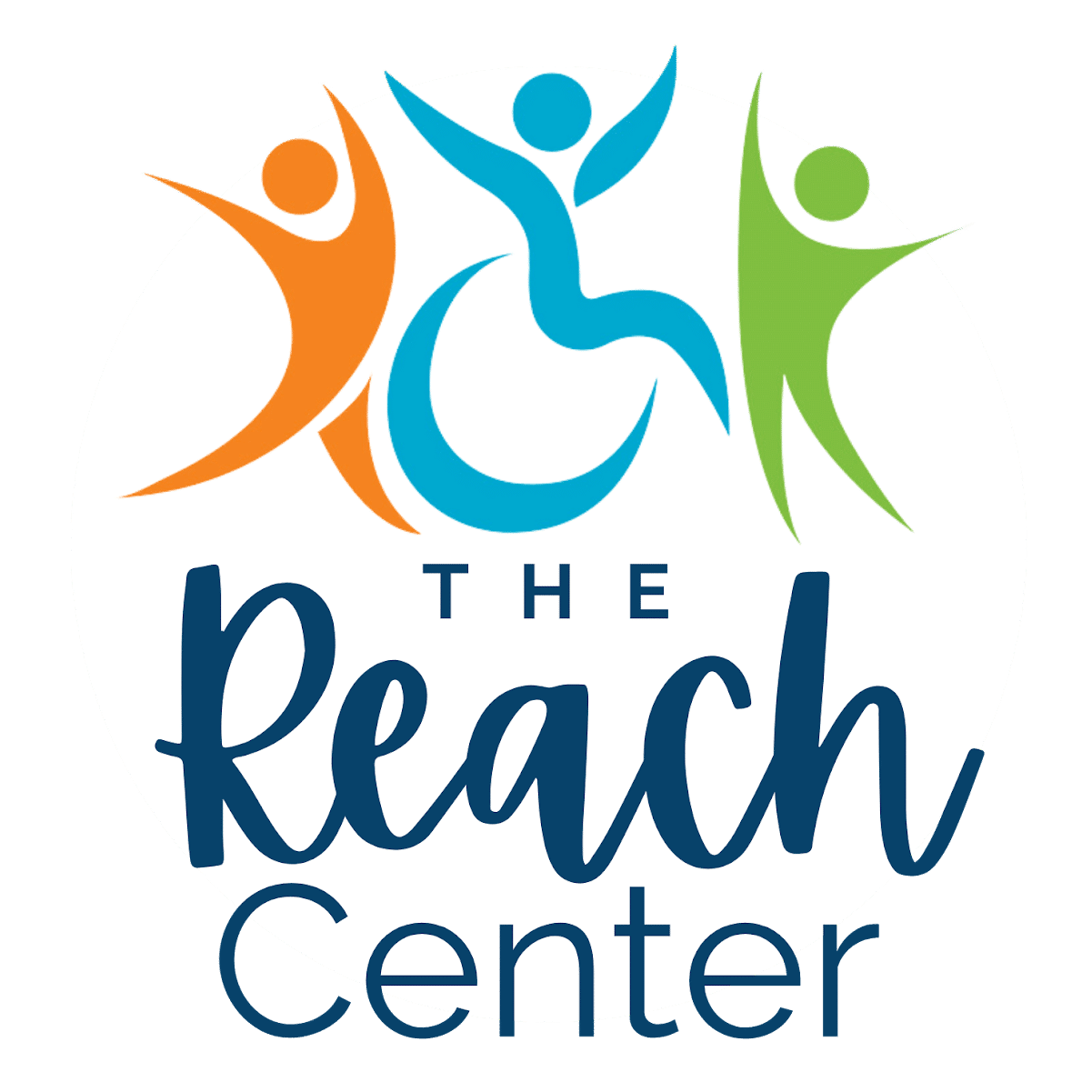Spinal Cord Injury (SCI) can be traumatic or non-traumatic in cause. It can result in weakness, decreased or loss of sensation, changes in muscle tone and subsequent impairments in function. With comprehensive treatment, depending on the level of injury, some can live independently after spinal cord injury. Others are able to participate and can learn to direct their care.
Non-traumatic spinal cord injuries
Non-traumatic injuries can be due to medical conditions, such as cancer, inflammatory or infectious causes. Non-traumatic spinal cord injuries can also be caused by genetic disorders or birth defects. In children, the most common cause of non-traumatic injury to the spinal cord is malformations or deformities. These can be caused by genetic disorders, such as spina bifida.
Traumatic spinal cord injuries
A traumatic spinal cord injury is most often caused by a sudden, violent event that fractures or dislocates the vertebrae in the spinal column. This can injure the spinal cord, damaging the nerve tissue and interrupting communication between the brain and the rest of the body. Traumatic spinal cord injuries can be caused by gunshot wounds, car accidents and falls.
Consequences of spinal cord injury
A spinal cord injury can make it hard to move some or all of your body depending on the location of the injury in the spine. The higher the injury (in the cervical spine for example), the more likely the arms and legs are to be affected. There may be weakness, changes in sensation, painful tingling sensation and high muscle tone, all of which can make function difficult.
Some people may benefit from assistance with mobility, self care skills like feeding, dressing and bathing, swallowing, etc. depending on the level of injury. SCI also puts a person at higher risk for some medical complications such as respiratory issues, especially in the setting of a respiratory virus (cold). Some people need assistance to empty their bladder or their bowel depending on the level of their injury.
Treatment of spinal cord injury
There is no cure for a spinal cord injury, but treatment can help improve the child’s quality of life. There are many options:
- Physical therapy
- Occupational therapy
- Speech therapy
- Medicines
- Equipment, such as wheelchairs, shower chairs and braces
- Some children might need help from a caregiver to do everyday things like eat, use the bathroom or get dressed
